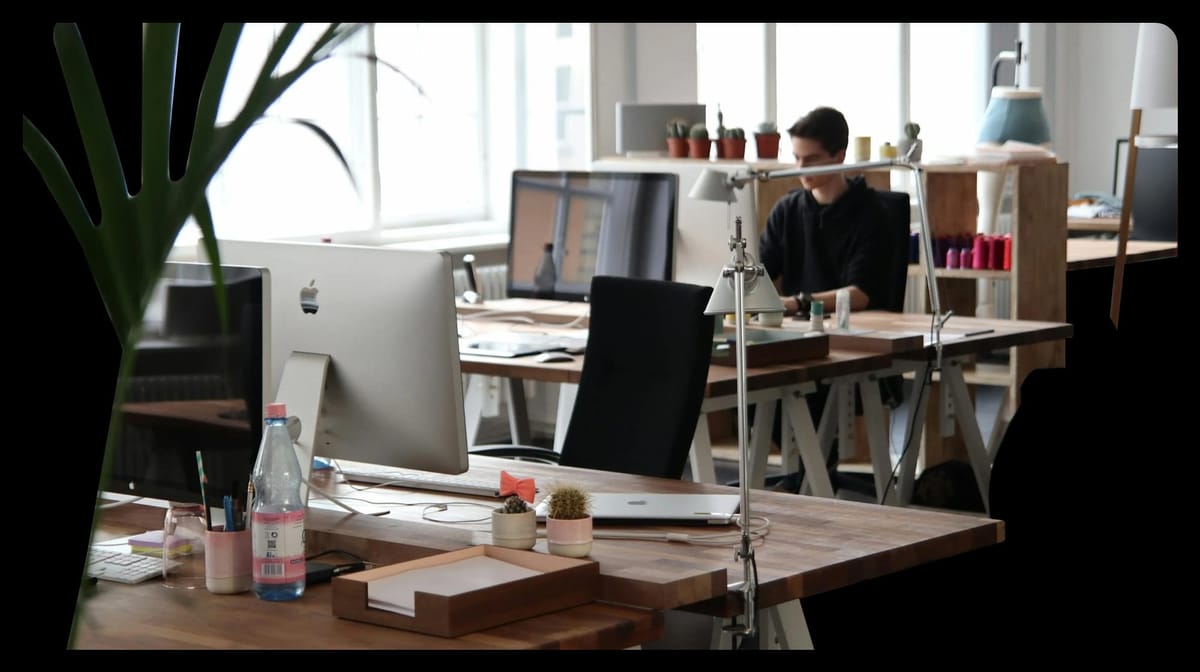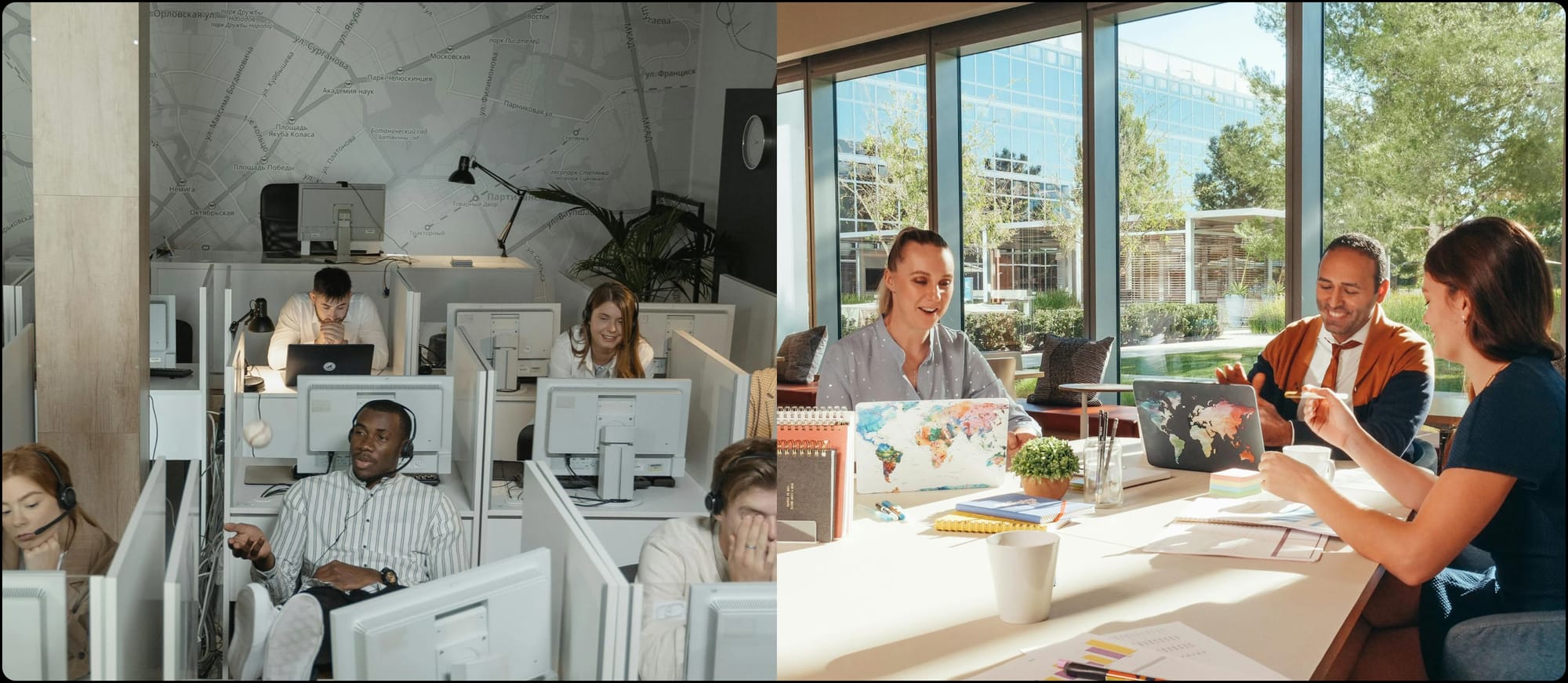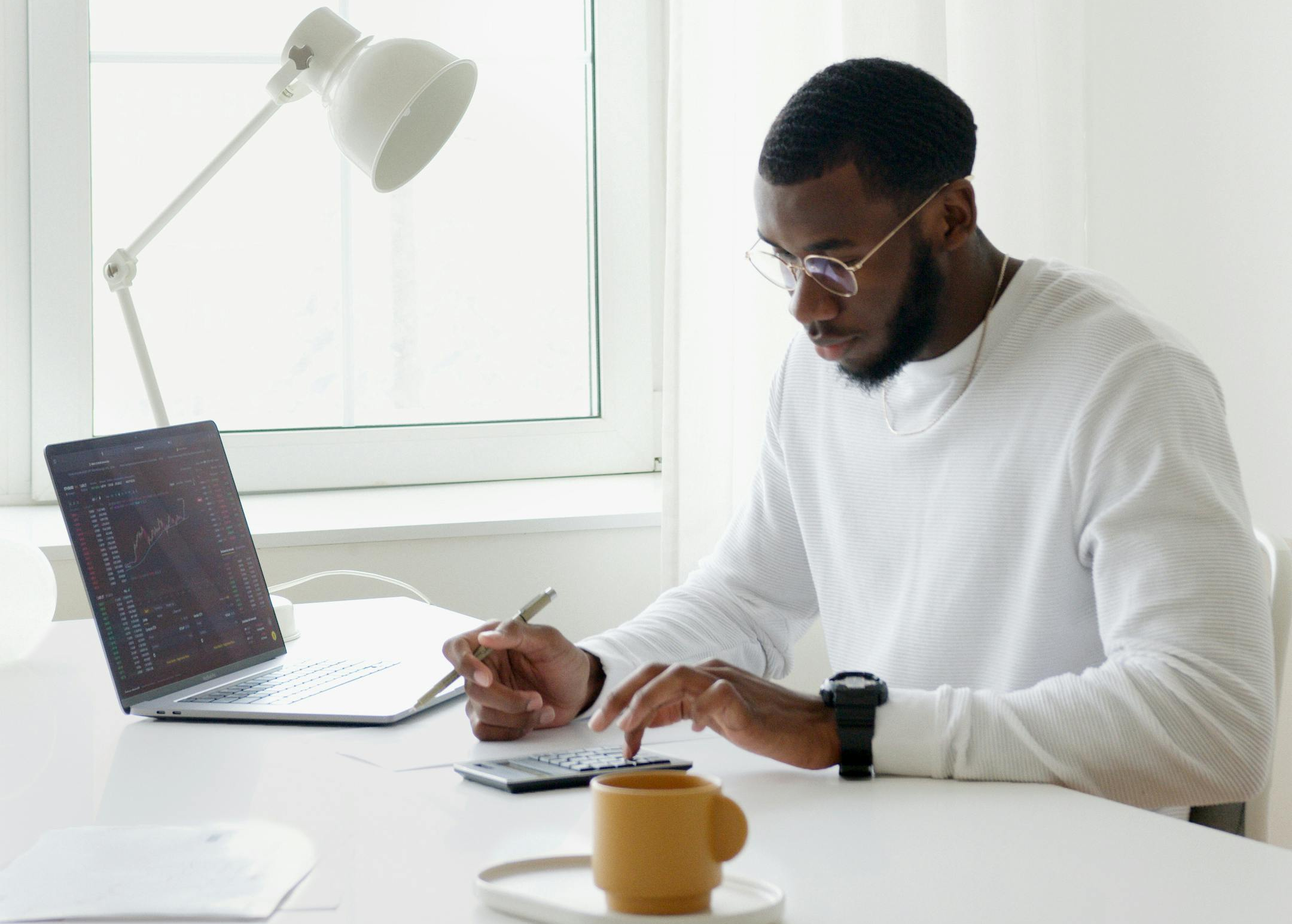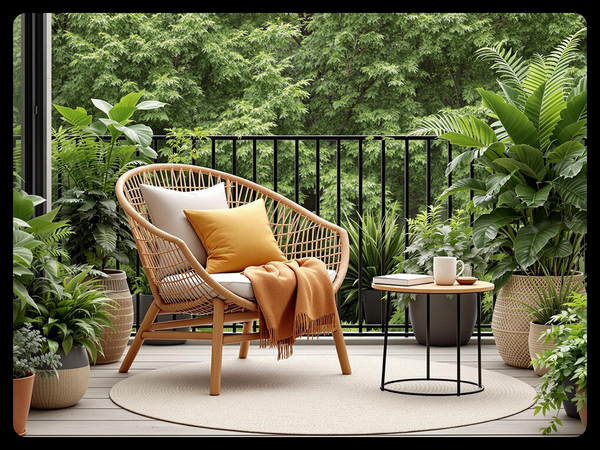The Psychology of Home Office Design

If you’ve ever felt distracted or unmotivated, even during high-priority tasks, the problem might not be your discipline — it could be your environment. A poorly designed home office can drain your focus, creativity and energy without you realizing it.
In a similar way, a space designed with intention can help you do your best work — every single day.
That is because your environment doesn’t just house your workflow — it shapes it. Lighting, layout, materials, and even color all play a role in how your brain processes information, handles stress, and maintains energy throughout the day.
And this isn’t just about aesthetics. A well-designed home office reduces friction — the little things that interrupt flow, from cluttered desks to bad lighting. When your space works with you instead of against you, productivity becomes more sustainable and burnout less likely.
It’s not about creating the perfect space — it’s about creating a space that works for you.
Why Design Affects Performance

Ever find yourself struggling to focus, even when the task at hand is important? You’re not alone. While we often blame distractions or a lack of motivation, the culprit might actually be right in front of you — your workspace.
Your home office isn’t just a backdrop — it’s a tool. The way it’s designed can directly influence how well you concentrate, how creative you feel, and how efficiently you work. Poor lighting, uncomfortable furniture, and cluttered surroundings don’t just look bad — they chip away at your mental clarity and energy.
Now flip that. Imagine a space that’s intentionally built for focus. Balanced lighting, supportive seating, a clear layout, and visual calm. Suddenly, getting into deep work feels easier. This is where intentional home office design makes all the difference.
The Science of Focus-Friendly Spaces
Your workspace does more than just house your furniture — it directly shapes your mental state, energy, and ability to focus.

Research from the University of British Columbia found that color impacts cognitive performance in significant ways. In the study, blue was shown to enhance creative thinking, while red heightened attention to detail — making each color useful depending on the task at hand (Mehta & Zhu, 2009, Science). Brighter tones like orange and yellow have been linked to increased energy, while cooler shades like green and soft blues can induce calm and boost concentration.
But color is only one part of the equation.
Natural materials and textures also affect how we feel in a space. According to the Human Spaces Global Report, employees working in environments with natural elements reported a 15% increase in well-being and creativity. Incorporating elements like wood, plants, or fabric into a workspace introduces warmth and comfort — traits that can make long hours feel more manageable. In contrast, overly sterile, industrial spaces can feel cold and mentally fatiguing.
Finally, layout matters. Cluttered, chaotic environments force your brain to filter out excess stimuli, increasing stress and reducing focus. A clean, structured layout helps streamline how your mind processes information—making it easier to concentrate, stay organized, and get through tasks more efficiently.
From Insight to Action: Designing a Workspace That Works
Understanding the psychology behind workspace design is the first step — the next is putting it into practice.
Start by removing unnecessary friction. Look for anything in your setup that disrupts your focus, whether it’s clutter or an uncomfortable chair. Even small adjustments — like relocating your desk closer to a window — can have an outsized impact.

Think in layers:
- Lighting: Use soft, indirect light during the day and warm-toned light in the evening to reduce eye strain and support your energy levels.
- Layout: Keep essential items within reach and create distinct zones (even within a small space) for deep work, quick breaks, and organization.
- Materials: Add tactile warmth through textures — a woven rug, a wooden desk, fabric accents. These small touches help counter the mental fatigue that can come from overly sterile environments.
The goal isn’t to mimic some ideal Pinterest board. It’s to design a space that supports your rhythm, energy, and work style.
Conclusion: Your Environment Is Part of the Work
Productivity isn’t just about willpower or good habits — it’s about working in a space that allows those habits to stick.
A well-designed home office helps you think clearly, stay focused, and feel better at the end of the day.
So instead of forcing your way through a space that doesn’t work for you, start shaping an environment that does. Because when your surroundings support your mind, better work follows naturally.





